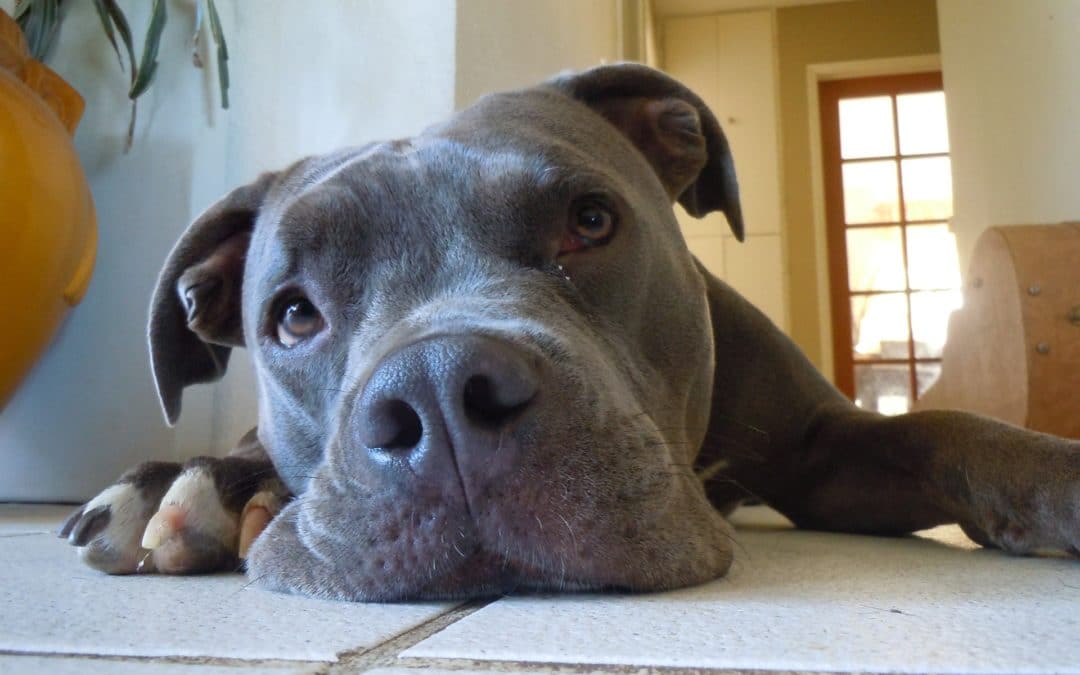What can you for your pets with separation anxiety during the COVID-19 pandemic? Many of us have spent so much quality time with our pets while social distancing. Some of us have created new work-from-home routines and have now been able to take our pets on more walks than usual. For our furry friends experiencing anxiety, this has been extremely helpful. But what happens when we begin to transition back into office life? Our pets are now used to a new schedule.What can we do to help our pets transition? To help our pets with separation anxiety, our team at Anasazi Animal Clinic in Gilbert have put together this list of things to keep in mind as our lives shift once again.
What is separation anxiety?
Separation anxiety is a condition in which dogs are overly attached or dependent on their people. When explaining canine behaviors, The University of Illinois College of Veterinary Medicine, lists characteristics of dogs that have separation anxiety.
These include:
- Vocalization (barking and howling)
- Destruction (chewing, digging, etc)
- House soiling (urinating and defecating)
- Physical unrest (restless, shaking, dilated pupils, escaping)
- Refusal to eat
What causes anxiety?
A pet is likely to experience separation anxiety during times of stress and change. There are many things that could cause this to happen. A change of guardian or family, household membership (absence or death), residence, or a change in schedule. Dogs are incredibly intuitive and pick up on variances in their day, but are unable to vocalize their needs and concerns regarding shifts in their life.
What can you do?
Although we may get frustrated, avoid punishing or scolding your dog. Our first response may be to want to punish the dog for their behaviors in our absence. However, punishing pets with separation anxiety may lead to a further upset, causing the problem to worsen. Instead, consider the following techniques:
- Counter conditioning
- This is a process that can be implemented over time to prepare your pet for your absence by slowly associating positive rewards with exit cues, such as putting on your shoes or grabbing your keys.
- Mental and Physical Stimulation
- Having treats and toys that are provided as a special circumstance, specifically for when you leave, can reinforce good behavior when you are not around. Make sure to introduce these tools when your pet is not experiencing anxiety so that positive associations can be made.
- Crating or Confinement
- Crating or confining your pet to one room can be helpful when dogs associate their crate or area with a safe space.
- Exercise
- Providing a substantial amount of physical activity before you leave may be enough to expel your pet’s excess energy and assist them in feeling more relaxed in your absence.
Give us a Call
If you are concerned about your pet experiencing separation anxiety, contact us for a consultation and additional support. Keeping your pets safe and happy is our number one priority. Contact Anasazi Animal Clinic in Gilbert by contacting us online to discuss anxiety treatment options for your furry friend!

